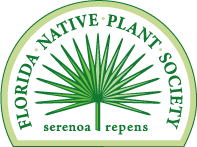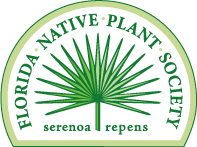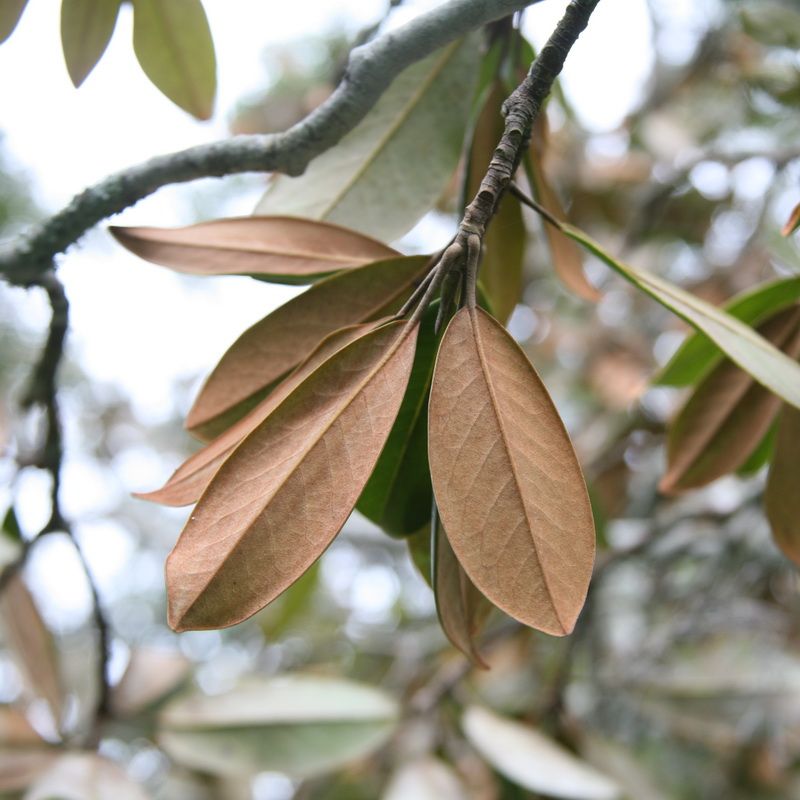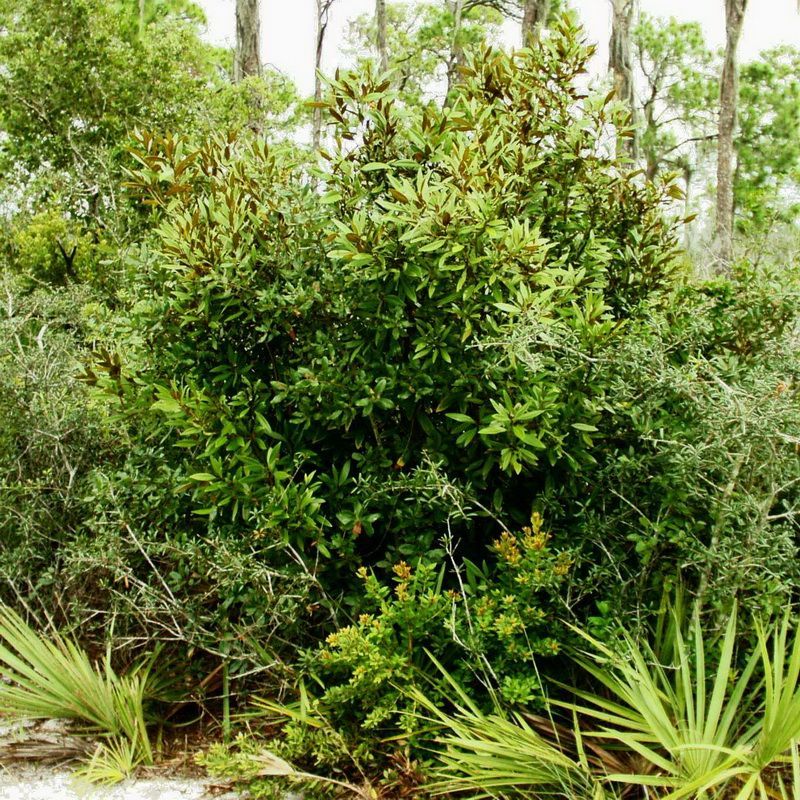FNPS Plant Database
Persea humilis
Nomenclature
Common Name:
Synonym(s):
Genus species:
Family:
Lauraceae
Plant Specifics
Form:
Size:
Life Span:
Long-lived perennial
Flower Color:
Fruit Color:
Phenology:
Noted For:
Landscaping
Recommended Uses:
Considerations:
Availability:
Propagation:
Light:
Moisture Tolerance:
Always Flooded---------------------------------Extremely Dry
□□□□□□□□□□□□□□□□□□□□□□□□□□□□□□■■■■■■■■■□□□
Short very dry periods -to- Very long very dry periods
Salt Water Flooding Tolerance:
Unknown
Salt Spray/Salty Soil Tolerance:
Some tolerance to salty wind but not direct salt spray
Soil or Other Substrate:
Sand
Soil pH:
Suitable to Grow In:
8A,8B,9A,9B,10A,10B

USDA zones are based on the average annual extreme minimum winter temperature.
Don't know your zone? Click here to search by zip code.
Ecology
Wildlife:
Larval host plant for palamedes swallowtail ( Papilio palamedes) and spicebush swallowtail ( Papilio troilus) butterflies.
Attracts bees including Colletes brimleyi, C. nudus, Augochlora pura, Augochlorella aurata, Augochloropsis metallica and Anthidiellum perplexum (Deyrup et al. 2002)
Fruits eaten and dispersed by birds.
Native Habitats:
Comments:
Ethnobotany:
General Comments:
Do not plant this plant unless you are absolutely sure that it is not infected by laurel wilt disease. In general, this small bay seems to be escaping its ravages.
Citations:
Deyrup, Mark; Jayanthi Edirisinghe, and Beth Norden. 2002. The diversity and floral hosts of bees at the Archbold Biological Station, Florida (Hymenoptera: Apoidea). Insecta Mundi. 544. https://digitalcommons.unl.edu/insectamundi/544.
Institute for Regional Conservation. Accessed 2021. Natives for Your Neighborhood. https://www.regionalconservation.org/beta/nfyn/plantdetail.asp?tx=Persborbhumi.
Minno, Marc and Maria Minno. 1999. Florida Butterfly Gardening. University Press of Florida.
Nelson, Gil. 2003. Florida's Best Landscape Plants. Association of Florida Native Nurseries.
Osorio, Rufino. 2001. A gardener's guide to Florida's native plants. University Press of Florida, Gainesville, FL.
Wunderlin, R. P., B. F. Hansen, A. R. Franck, and F. B. Essig. 2021. Atlas of Florida Plants ( https://florida.plantatlas.usf.edu/ ). Institute for Systematic Botany, University of South Florida, Tampa.








